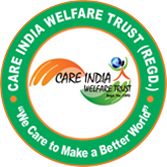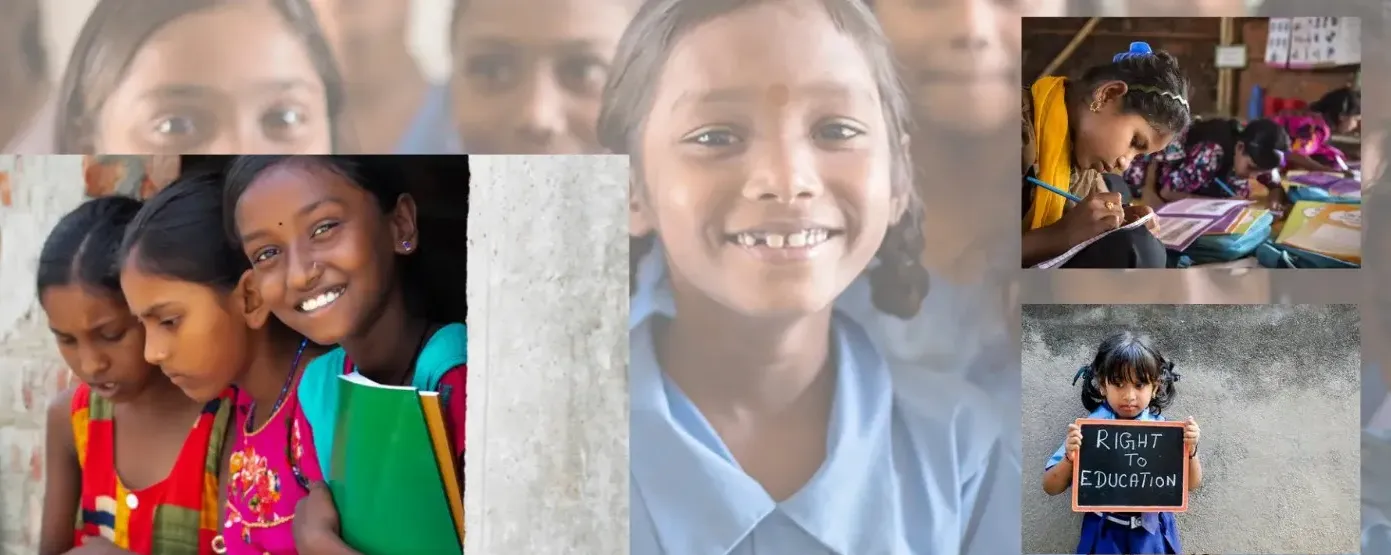The importance of educating girls in India cannot be overstated because it breaks the cycle of poverty and fosters long-lasting social change. Girls' education benefits not just the individual, but also their families, communities, and the nation as a whole. An educated girl is more likely to delay marriage, make informed health decisions, and raise a healthier family—thus actively contributing to the local and national economy. In a country where gender disparities in education have long existed, promoting girls’ education is essential to achieving gender equality and transforming India’s socio-economic landscape.
Here are 7 Critical Insights Every Citizen Should Know:
Breaking the Poverty Cycle
Educating girls leads to better job opportunities, which helps lift entire families out of poverty. Studies show that each year of schooling can increase a girl's future income by 10–20%.
Improved Health Outcomes
Educated women are more aware of healthcare practices and nutrition. They are more likely to immunize their children and reduce maternal and child mortality rates.
Delayed Marriage and Lower Fertility Rates
Girls who stay in school longer are more likely to marry later and have fewer children, contributing to healthier and more stable families.
Boost to the National Economy
A more educated female workforce enhances productivity and innovation. According to the World Bank, closing gender gaps in education and employment could increase India’s GDP significantly.
Empowered Communities
Educated girls are more confident and active participants in decision-making processes at home and in society, leading to stronger and more equitable communities.
Promotion of Gender Equality
Girls' education helps challenge traditional gender roles and categorization, creating a more inclusive and just society.
Generational Impact
The benefits of educating one girl can ripple across generations—educated mothers are more likely to educate their children, creating a powerful legacy of learning.
Importance of Girl Education in India
In every globe of life, both men and women have equal rights, including the right to education. But the reality is very different. The Education of the girl child is provided only with primary or, at the most, secondary education. The number bears witness to our country’s sex ratio of 943 females per 100 males. How can we hope for India to progress when half of our society doesn't have access to girls' education or skills?
The numbers are not better in the other regions of the world. In the middle, 129 million are out of school, 32 million are of primary school age, and 30 million are of lower-secondary school age. In war-torn nations, these numerals are twice as high.
Right To Education
The Right to Education (RTE) is a basic right that provides free and compulsory education for youngsters aged 6 to 14 years in India. It was presented under the 86th Constitutional Amendment Act of 2002, and executed through the Right to Education Act of 2009.
This law produces girls' education in India as a lawful entitlement for every child, regardless of location, gender, or financial status. RTE requires that private schools reserve 25% of centers for children from poor districts. It also concentrates on enhancing school infrastructure, providing quality importance of girls education, and decreasing dropout speeds.
Our NGO Care India Welfare Trust is the Best NGO in Delhi, apart from Delhi, Care India Welfare Trust also serves different states such as Kolkata, Bengaluru, Hyderabad, Jharkhand, Tamil Nadu, and Andhra Pradesh. Under such initiatives, the trust gives out free education to children from lower caste and marginalized communities, provides healthcare services for the same communities, skill development programs for women, and emergency help in times of natural disasters to create a better and more equitable society for all through these initiatives.
Girl Child Education
Educating the girl child is important for making a strong and grown society and creating awareness about the importance of Girl Child education in India. When girls accept education, they achieve the ability and skills to show more useful lives and donate to their families and communities.
Our NGO Care India Welfare Trust also provides education to help girls understand their rights, make educated decisions, and break free from standard barriers like early marriage and gender discrimination. They also opened their remedial education center to provide every girl's education in India.
Importance of Girl Child Education
The education of the girl child is very key to building a better society. It empowers future generations to better living standards. about girl child education not only helps them achieve their dreams, but also their families, community, and country. It increases job opportunities, economic growth, and even health for women and families.
Educated girls marry later, have fewer children, and make informed decisions about their lives. However, barriers like poverty, gender bias, and lack of safety still limit many grls' access to girl education India, especially in rural areas.
Challenges to Achieving Maximum Girl Education
Achieving everywhere education for girls has found several essential blocks:
1. Girls' Safety: Doubt over the security of girls traveling to and from school and safety in schools deters many families from allowing their daughters to attend school.
2. Free education: Free Education is often out of the reach of families. Some cannot afford school fees, uniforms, and supplies. Again, free education opportunities are scarce. As a result, girls face unequal chances as their counterparts, particularly in low-income areas.
3. The Academic Curriculum: Curricula do not carry content that may be gender sensitive or even reflect girls' experiences in real life, which makes it outside and non-inclusive.
4. Access to Free and Hygienic Sanitation: Inadequate sanitation facilities in schools, especially for managing menstrual hygiene, discourage many girls from attending school, especially during their menstruation.
5. Language-Based Education: Education that is not delivered in the local or native language discourages girls, as they are likely to have less exposure to dominant or foreign languages than boys.
The girls have the freedom to study without having to take the burden of household duties. Many girls are given the responsibility of household chores, which makes them have very little time or energy to study. Creating safe, accessible, and supportive learning environments for girls across the world will require concerted efforts from governments, communities, and organizations.
Comparing Girls' Education: India vs. Other Nations
India:- In India, girls have made considerable headway in schooling, but they still face immense challenges. Gender bias, early marriages, and poverty are still huge barriers to entry into schools by girls. Some girls face difficulty in attending schools due to a lack of infrastructural facilities like electricity and poor rural isolation.
Asia:- Asia presents various challenges to girls' education based on the region. Countries like Japan and South Korea have good literacy levels, while other countries, particularly in South and Central Asia, are facing problems such as cultural barriers, poverty, and early marriages. The problem of gender disparity in education persists in rural areas.
Bhutan:- Bhutan has done incredibly well in promoting girls' education. This country has gained the gender equivalence in primary and secondary education. However, remote areas and limited resources still pose a challenge to the full participation of girls in education, especially in rural regions where traditional views and economic limits survive.
Afghanistan:- Afghanistan ranks as one of the worst countries for girls' education due to a political instability problem, the power of the Taliban, and is an extremely patriarchal society. Girls child education has been hugely curtailed; many girls cannot attend schools, especially those in rural areas. The cultural background and safety factors are massive issues.
Pakistan:- Girls' education in Pakistan is one of the most difficult areas. Girls child education in rural areas faces severe obstacles. Cultural practices, early marriages, and security issues do not allow girls to attend school. Despite an increase in the literacy rate, gender inequalities still exist, and girls are kept away from schools because of social and economic constraints, female education in India.
How to Improve Girl Child Education?
Free education and safety for the girl child, including scholarships and awareness programs. Support parents in their endeavors, discourage child marriage, and promote equal opportunities for girls concerning women and education in India and careers.


